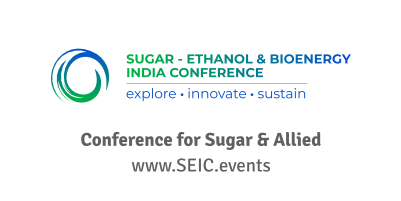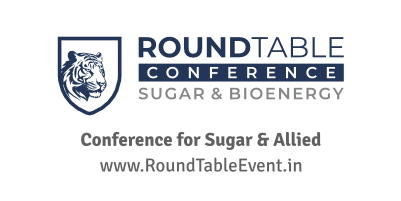Platinum is emerging as a critical material in the production of sustainable aviation fuel (SAF), with the metal required across major production pathways, including power-to-liquid (PtL) and the Fischer–Tropsch (FT) process. While platinum demand from SAF remains minimal today, the World Platinum Investment Council says it is set to grow sharply in the decades ahead, reports Mining Weekly.
According to the council, annual SAF production capacity is expected to rise from about two million tonnes in 2024 to nearly 16 million tonnes by 2050—an eight-fold increase. As a result, platinum demand from SAF production is projected to climb from negligible levels to about 260 000 oz a year by mid-century.
“This growth in platinum demand will be additional and will help offset the anticipated decline in petroleum-related platinum use as global markets advance their energy transition between 2030 and 2050,” the council noted.
The International Air Transport Association estimates that SAF could deliver about 65% of the emissions reductions required for aviation to reach net-zero by 2050.
SAF differs from petroleum-based kerosene in that it is made from renewable feedstocks such as waste oils, agricultural by-products and municipal solid waste, or through synthetic e-fuels that combine renewable electricity with captured carbon dioxide.
This year marks 100 years since German scientists Franz Fischer and Hans Tropsch developed the FT process, which showed that carbon monoxide and hydrogen can be converted into liquid and solid hydrocarbons using specific catalysts. Today, FT technology is used in several industrial applications.
PtL fuels are produced using renewable electricity, along with water and captured CO₂ from the air or industrial sources. Green hydrogen and captured CO₂ are combined using FT synthesis to create liquid hydrocarbons, which are then refined into a kerosene-like jet fuel.
In the FT production pathway, solid materials such as biomass are first converted into synthetic gas (syngas). This gas is then processed through FT synthesis to form liquid wax. The FT route offers strong scalability for SAF production because it can use a wide range of feedstocks, including waste materials. However, industry experts say supportive policies and regulatory frameworks are essential to accelerate large-scale adoption.
Platinum’s Role
The council explains that platinum plays an important supporting role in certain types of FT synthesis. While iron-based catalysts dominate biomass FT and do not require platinum, cobalt catalysts—preferred in PtL FT—use platinum as a promoter. Even in small amounts, platinum enhances cobalt catalyst performance by improving reduction, stability and dispersion, leading to greater efficiency and longer operating life.
Platinum is also central to isomerisation, a process used in both FT and PtL pathways to convert straight-chain hydrocarbons into branched forms with better cold-flow properties. “Without this step, SAF would not meet the strict freezing-point standards needed for safe flight at high altitudes,” the council said.
















